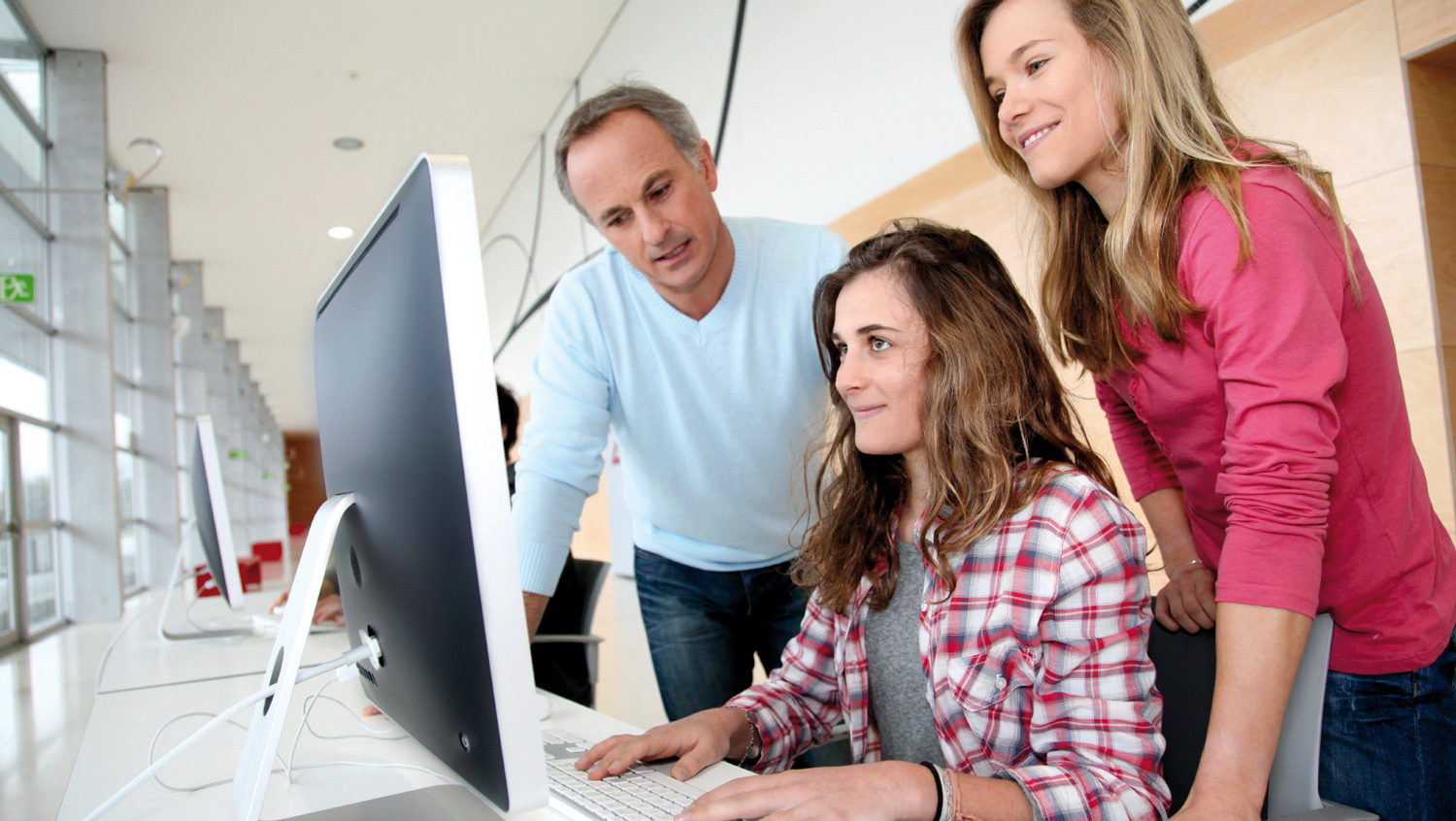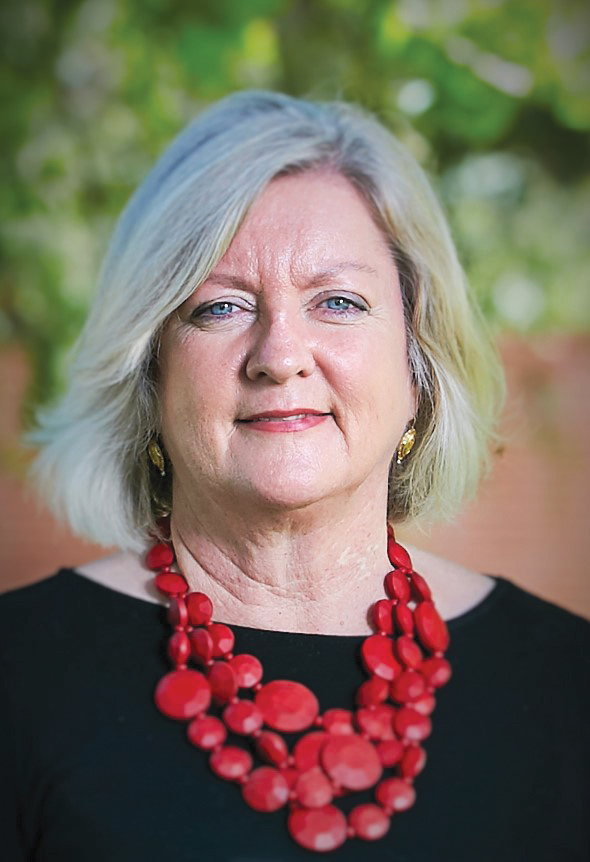 The pandemic has led to nimble innovation in the health education sector that will stand the test of time, writes Professor Sandra Carr.
The pandemic has led to nimble innovation in the health education sector that will stand the test of time, writes Professor Sandra Carr.
The arrival of COVID-19 led to a swift response from in-person to remote learning and online assessment so that students could continue with their studies in some form.

This was most challenging around the learning activities students engage in to prepare for clinical placements, actually engaging in clinical placements or developing the personal and professional attributes of the health care professional.
Educators quickly recognised the need to create online learning environments that promoted problem solving (clinical reasoning) and replicated small group discussions to support professional values formation and to maintain student engagement.
The initial response of students and their teachers was one of anxiety and fear. Deterioration in mental wellbeing since the onset of COVID-19 was initially reported by many students and was one of the main concerns for teachers.
Some student evaluations reported the main negative impacts as effects on social connectedness, success in their studies and stress levels. Concerns related to uncertainty about returning to normal and graduation have also been expressed. We aimed to minimise the period of disruption and reassure and support students through regular and transparent communication to ensure their academic goals were achieved where able.
Once reassured, many students demonstrated their capacity to adapt, changing rapidly their approach to learning to achieve and problem-solve and this extended to international offshore students.
Many looked for creative ways to respond and made the best of what they had available during lockdown periods. For example, they engaged family members to practise history taking and clinical examination skills such as respiratory system examinations, worked with other students through online platforms and recorded their performance to send to others for peer review and feedback, thereby enhancing their own learning.
When engaging in evaluation around the impact of COVID, most students surveyed returned high scores on scales measuring social-ecological resilience illustrating their adaptive response to adversity, practical adjustment and more stable emotional responding.
Initially students could not attend clinical placements, which for some has meant a delay in the achievement of skills through workplace experience but this has now been rectified with clinical placement providers generally responding to accommodate additional or extraordinary placements for final year students.
Of course, for some, the anxiety was more overwhelming, but they were supported with frequent and consistent communication and identification of avenues of support along with adjustments to assessments and permission to take leave of absences when required.
It is worth reflecting on the approaches that worked during this time. Communication and flexibility on the part of educators and students were key. Students recognised that teachers were working hard and creatively to teach to the same standards, so were patient and collaborative and took responsibility for being self-directed, adult learners.
Many educators in the health professions are talking about how the pandemic has progressed education to a place we have been trying to reach for some time. A place with more blended learning, that in many instances are student-centred, authentic and encouraging collaborative learning.
For some schools the use of online simulation with virtual and augmented reality or gamification has progressed more quickly and there has been a shift with the use of telehealth not only for delivery of health care but also for education.
However, there are things to be cautious about.
As we move more deliberately from on-campus to remote learning, issues related to access and equity are raised. Universities have also needed to explore cybersecurity to ensure continuity of teaching and learning. What methods work best in a remote environment will differ by discipline and the technology available, but more support for teachers in the use of technology and how to share best practice is required.
My experience suggests that, even with its challenges, it was a success. Despite restrictions and compromise the students reported beneficial aspects to working online and demonstrated a sense of camaraderie and professionalism while developing digital learning skills that are proving essential for learners and applicable for health professionals in the 21st century.
ED: Professor Carr is head of the Division of Health Professions Education at UWA.

